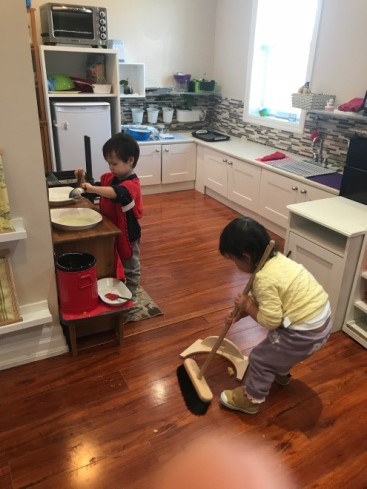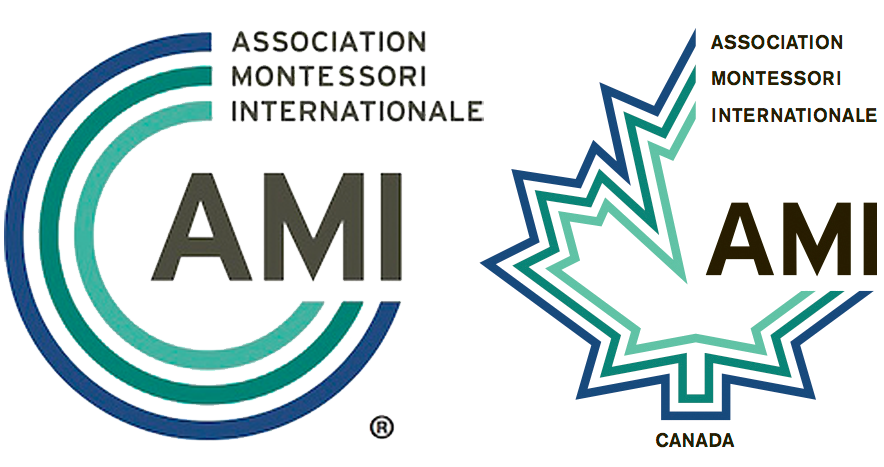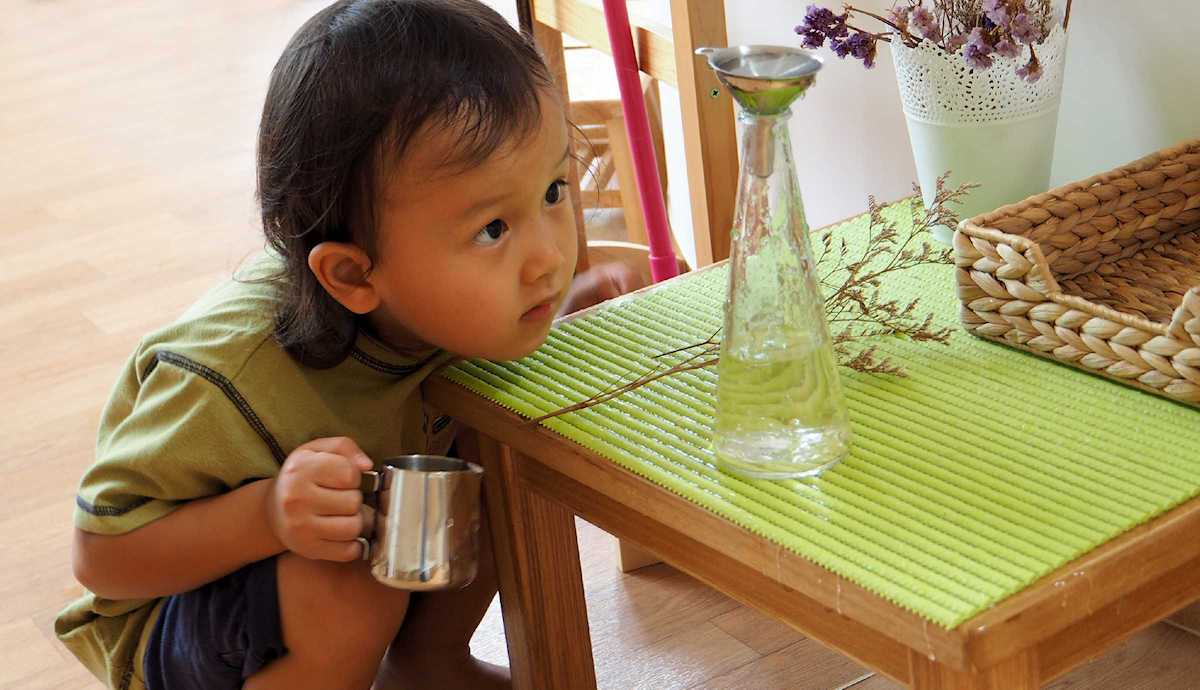"Fostering Independence"
Fostering Independence at Home
“The child’s conquests of independence are the basic steps in what is called his “natural development”. In other words, if we observe natural development with sufficient care, we see that it can be defined as the gaining of successive levels of independence.” Dr. Maria Montessori, (The Absorbent Mind, p. 76)
We often talk about Montessori as an “aid to life”. To aid life, we must understand the needs of the child at each stage of development and prepare a home in which the child can develop and at the same time, be part of the family.We know independence is the ability to do things by one’s self. If we want our children to be independent, from an early age, they must have stimulation that provides valuable experiences. From being able to develop coordinated movement, getting dressed or preparing snack, the child needs motives for activity.
At an early age, it is important to allow the child to move freely; this requires space to move and comfortable clothing. A mat on the floor will provide an area for the child to practice different movements, from birth until he/she is able to crawl. Providing a mobile helps a newborn child focus his/her attention. Later on, a ring or a bell hanging from the ceiling will promote voluntary movement as the child tries to reach and touch the object. Placing an object a short distance away from the child who is starting to slither, will act as a motive for movement.
The crawling and cruising child will need the right furniture in order to help foster independence. Sturdy furniture that will not tip over when it is used to stand will provide a secure place to practice standing.
From the time the child is walking, his/her hands are free. This offers a further means to collaborate in the work of the family, as well as the tasks to care of himself/herself.
In the kitchen, you can have
- an accessible cabinet or drawer to put plates, cutlery, glasses and napkins for setting the table
- a tray for feeding your pet, it could be food or a small jug with water to refill the pet’s dish
- a step-up stool, often called a learning tower, to allow the child to prepare food at the counter level
- a compost bin low enough that the child can reach to clear his/her plate after meals
- a variety of food preparation trays such as pulling grapes from the vine, peeling a banana, spreading crackers and peeling cucumbers
- cleaning tools for helping with spills: a mop or cloth for wet spills; a broom, a dustpan and brush for dry spills

In the washroom, you can have
- a hamper in which to place the dirty clothes
- a hook low enough to hang a towel
- a shelf or basket with 2 sets of clothes to change as necessary
- a stool or bench to sit and change
- a stool to reach the sink/toilet

- a hook low enough to hang a sweater or jacket
- a basket for hats and gloves in the winter
- a place for boots and indoor shoes
- a stool to sit on to change into boots or indoor shoes
- have a limited number of books and rotate them from time to time
- have 1 shelf with your chosen toys and puzzles. Use trays instead of baskets and rotate them as the child’s interest changes
Blog Posts
- 2022
- January 20, 2022
"Montessori Trench Talk" - 2021
- April 22, 2021
"Is Montessori for Everyone?" - 2019
- March 28, 2019
"The Reasoning Mind of the Six to Twelve-year old" - 2018
- August 9, 2018
"Fostering Independence" - September 1, 2018
"Respect for the Child" - December 20, 2018
"Nurturing the Absorbent Mind"



